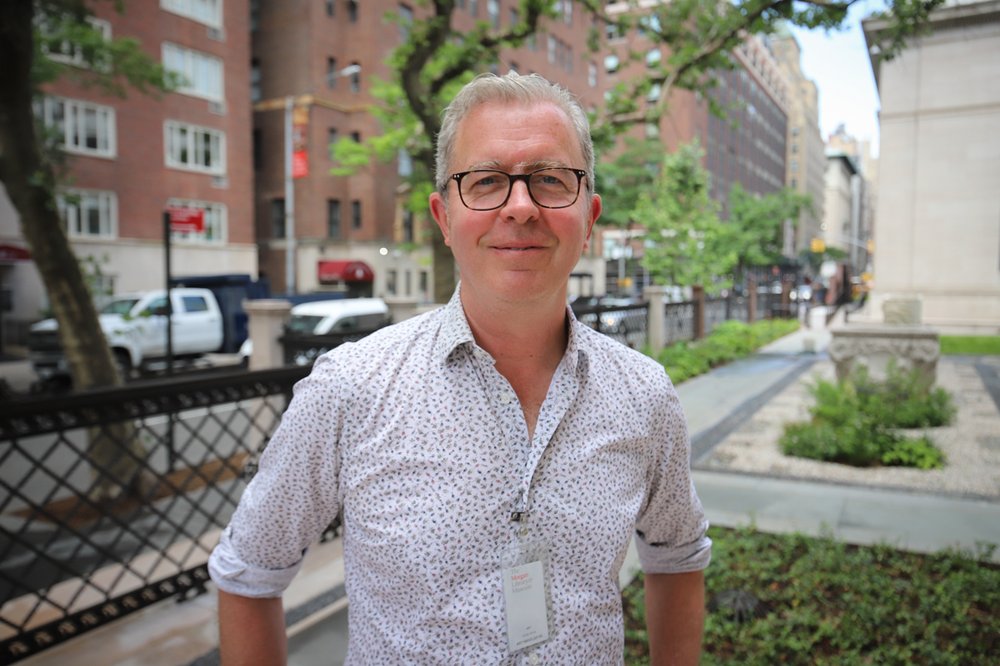The newly restored Morgan Library & Museum will open its grounds to the public in June
June 12, 2022, 10:01 a.m.
Included in the Morgan's exterior restoration is a garden by award-winning designer Todd Longstaffe-Gowan, opening the museum's grounds to the public for the first time ever.
The years-long restoration of the Morgan Library & Museum, the stately Neoclassical structure at 225 Madison Ave between 36th and 37th Street in Midtown East, is set to come to its fruition at last this month. The institution will be celebrating the occasion by opening its new Morgan Garden to the public for the first time ever, on Saturday and Sunday, June 18th and 19th, with a free garden party, complete with live music and activities for all ages.
The new garden, developed by landscape designer Todd Longstaffe-Gowan and lighting designer Linnaea Tillett, is meant to spruce up the grounds of legendary financier J.P. Morgan's former abode. The garden is also meant to draw attention to an area of the Morgan campus overshadowed since the main entrance moved from 36th Street to Madison Avenue as a result of a 2006 expansion designed by Renzo Piano.
In addition to flowering plants and colorful herbs, the garden will house items from the Morgan art collection that haven't been accessible for viewing, including a Roman sarcophagus and funerary stele and a pair of Renaissance corbels. The understated lighting design is designed around the historic lantern that hangs in the library's loggia, and is meant to gently accent the garden features and outdoor artworks.

Longstaffe-Gowan, a British designer who studied landscape architecture at Harvard University before going on to complete a Ph.D in historical geography in London, savored the opportunity to tackle his first-ever job in the U.S.. The job, as he described it to Gothamist, provided "the opportunity to create a garden for a space that was destined to have a garden from the early 20th century, but lay fallow for almost 115 years."
Creating such a garden had always been part of Morgan's plans, which halted at his death in 1913, Longstaffe-Gowan explained. He noted that some of the antiquities now on view were intended for such use. "So it's wonderful to pick up the baton where J.P. Morgan left off," he said.
If Morgan commissioned plans for the garden, though, nothing appears to have survived his passing, leaving Longstaffe-Gowan and his team to formulate designs of their own. "The aim, really, was to try to create a garden that didn't obstruct the building, because it's such an extraordinary edifice," he said. "It's the most outstanding example of the neo-Renaissance in the whole of America, and it's one of the finest buildings in New York."
Accordingly, the garden plants were kept low to accentuate the building and elaborate on its details. "We wanted to reference as much as possible the historic building," Longstaffe-Gowan explained, "which references itself buildings from the Renaissance in Italy."
One more overriding concern, Longstaffe-Gowan said, was to make the garden "very European, because J.P. Morgan spent his life trying to bring European culture to America," he explained. "I thought it was incumbent on us to follow that through, and to make a garden that seems, on the surface at least, to be a little bit more European than many New York gardens."
The Morgan hosts its Garden Family Fair and Free Community Weekend June 18th and 19th; free tickets can be reserved now at themorgan.org.